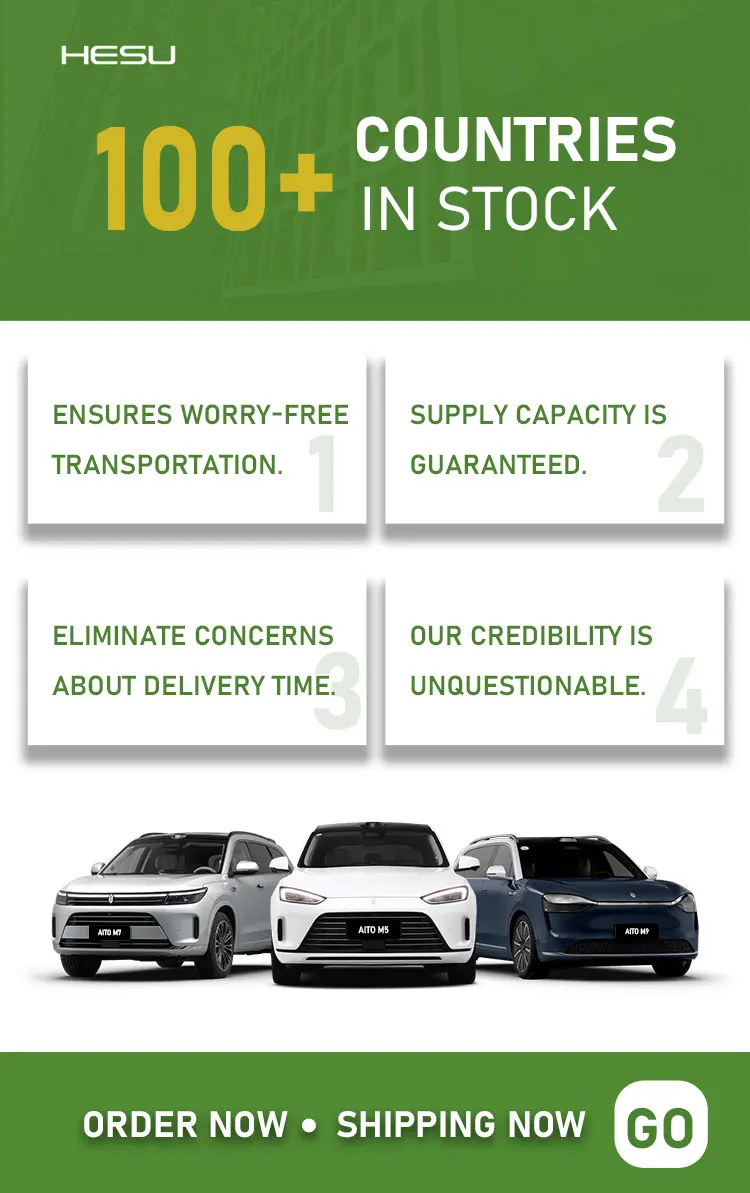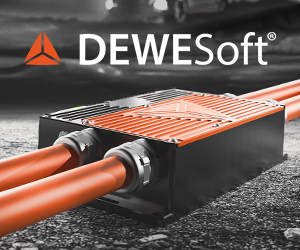

**Huawei’s Groundbreaking EV Battery Promises 3,000-Mile Range with a 5-Minute Charge**
In a revolutionary advancement for the electric vehicle (EV) sector, Huawei has introduced a novel battery technology that aims to reshape the boundaries of EV performance and ease of use. The tech leader, recognized for its strides in telecommunications and consumer gadgets, is now focusing on transforming the EV landscape with a battery that delivers an extraordinary 3,000-mile range on a single charge, along with a swift 5-minute charging period.
**The Technology Empowering the Breakthrough**
Huawei’s latest battery innovation utilizes cutting-edge materials and creative design to attain its exceptional performance. Central to this innovation is the incorporation of graphene-based materials, which greatly boost the battery’s energy density and thermal management abilities. Graphene, consisting of a single layer of carbon atoms organized in a two-dimensional honeycomb structure, is celebrated for its outstanding electrical conductivity and mechanical resilience. By integrating graphene into the battery’s design, Huawei has successfully addressed numerous limitations encountered by conventional lithium-ion batteries.
Moreover, the battery features a unique electrode configuration that optimizes ion movement, minimizing resistance and improving charging efficiency. This design not only supports the rapid charging capability but also prolongs the overall lifespan of the battery, tackling one of the primary issues faced by EV owners concerning battery wear over time.
**Implications for the EV Sector**
The launch of a battery boasting a 3,000-mile range and a 5-minute recharge time could significantly alter the EV environment. Range anxiety, a prevalent worry among potential EV purchasers, may become obsolete, as drivers would have the ability to cover long distances without the necessity for frequent recharging breaks. The swift charging feature also implies that EVs could be powered up in a timeframe akin to refueling a conventional gasoline vehicle, enhancing their convenience for daily usage.
Furthermore, this innovation might expedite the uptake of EVs by diminishing the reliance on extensive charging networks. With the capability to travel further on a single charge, the requirement for charging stations along highways and in less accessible areas could lessen, easing the transition toward a more sustainable transportation ecosystem.
**Challenges and Considerations**
While Huawei’s new battery technology shows great potential, various obstacles remain before it can be broadly adopted. The mass production of graphene and the incorporation of this technology into current EV frameworks will necessitate substantial investment and collaboration with automotive companies. Additionally, guaranteeing the safety and dependability of the new battery structure will be crucial, as any novel technology must adhere to stringent industry standards before large-scale deployment.
**Conclusion**
Huawei’s revelation of a battery capable of achieving a 3,000-mile range with a 5-minute charging time represents a major achievement in the trajectory of electric vehicles. By tackling vital issues such as range anxiety and charging duration, this advancement has the potential to expedite the worldwide transition toward sustainable transportation. As Huawei advances and commercializes this technology, both the automotive sector and consumers eagerly await the transformative effects it may bring to the future of mobility.






